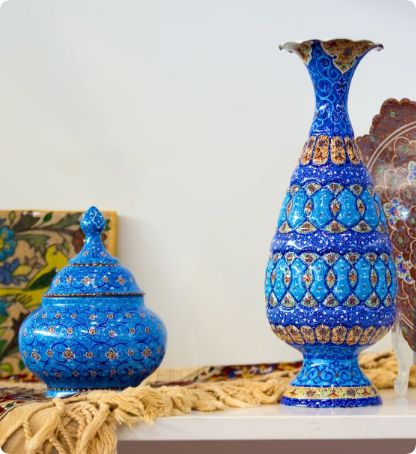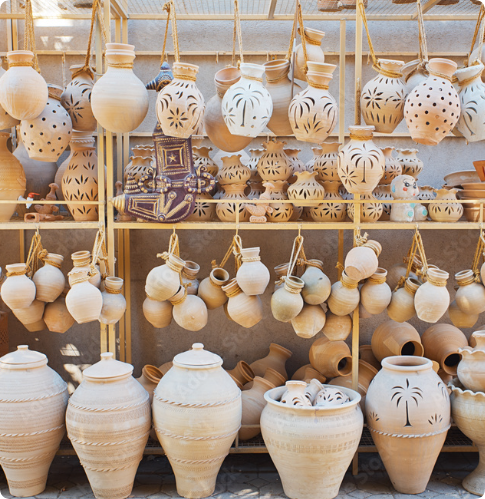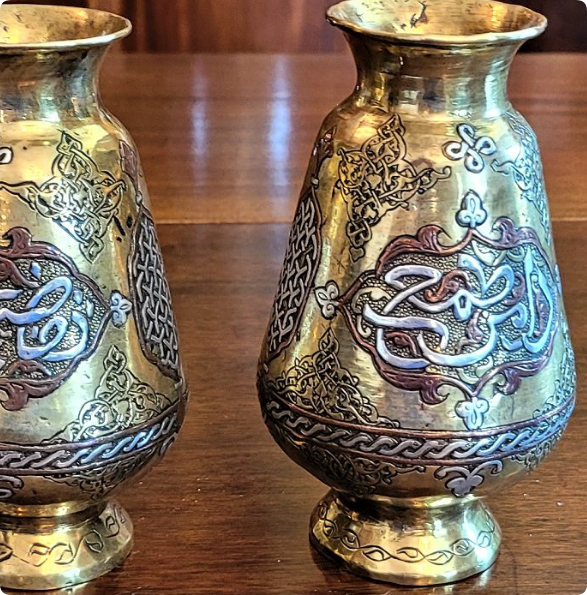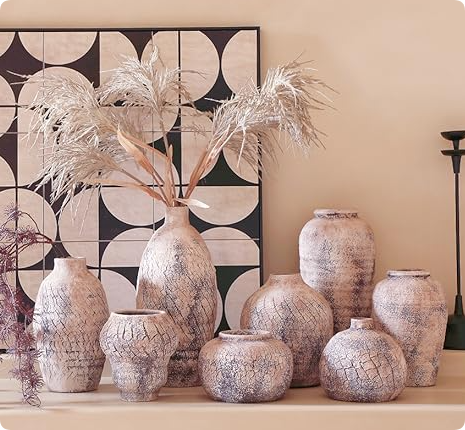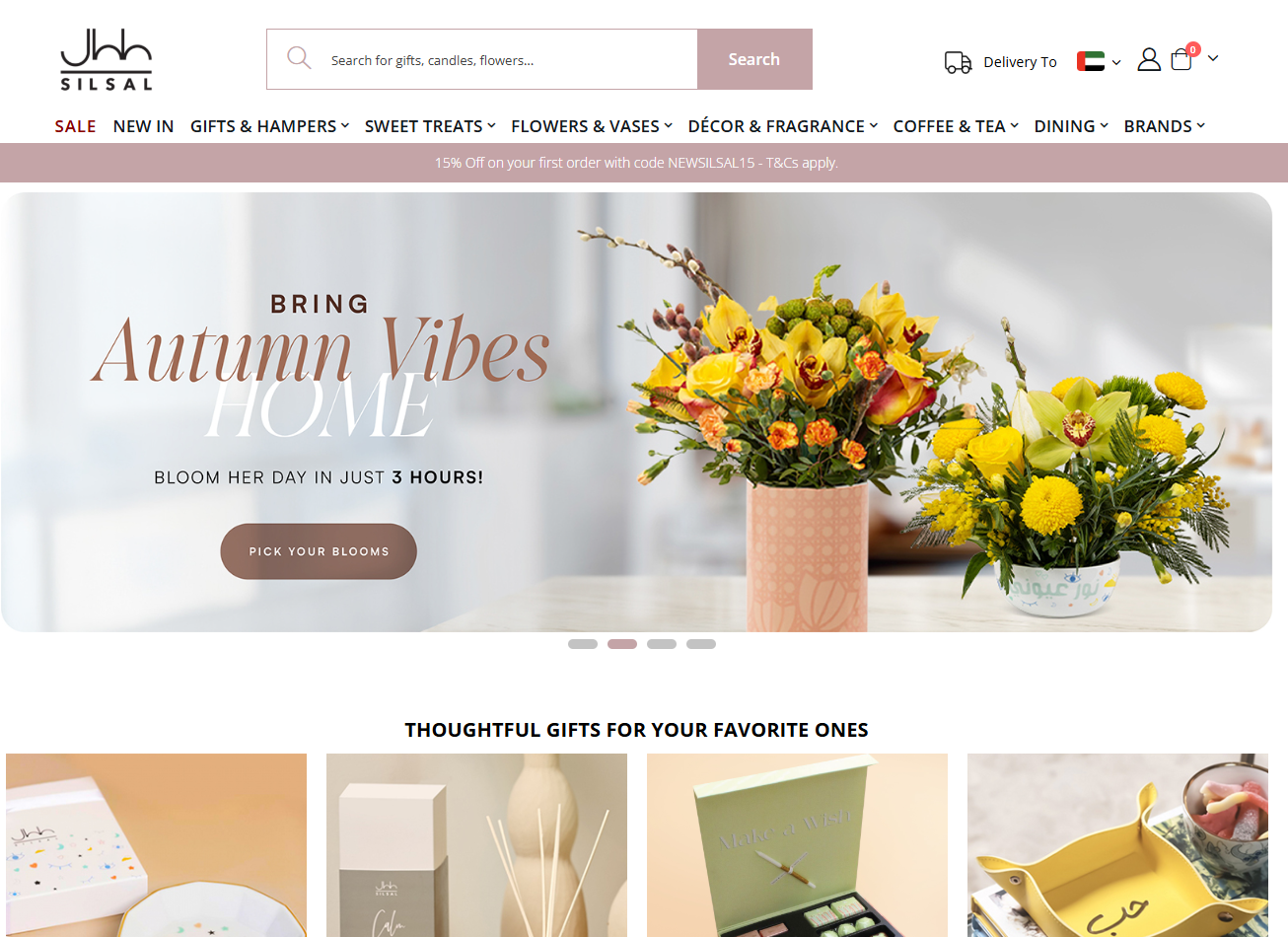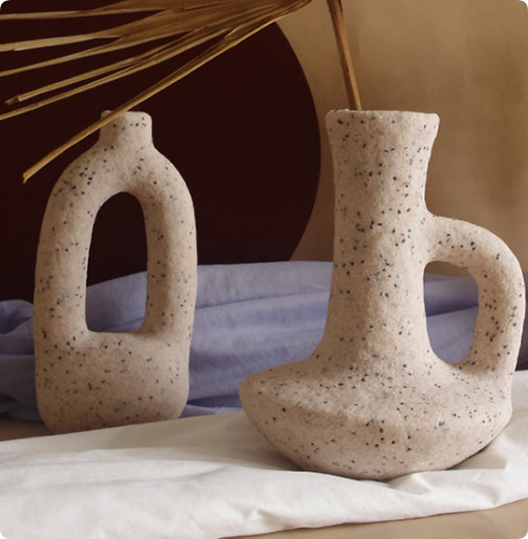Middle Eastern homes have long been celebrated for their sophisticated interior design, blending timeless traditions with modern aesthetics. One of the most iconic elements in this design style is the use of ceramic vases. These vases are not just decorative pieces; they are storytelling artifacts, reflecting the region’s rich heritage, artistry, and evolving preferences in home décor.
In this blog, we’ll explore why ceramic vases hold such significance in Middle Eastern interiors, the trends shaping their design, and how you can select or customize the perfect ceramic vases for this market.
The Historical Significance of Ceramic Vases in the Middle East
For centuries, ceramic craftsmanship has been an essential part of Middle Eastern culture. From ancient Mesopotamian pottery to the intricate designs of Persian ceramics, the region’s artisans have elevated the craft to an art form. Ceramic vases were not only practical for storing goods but also served as status symbols in affluent households.
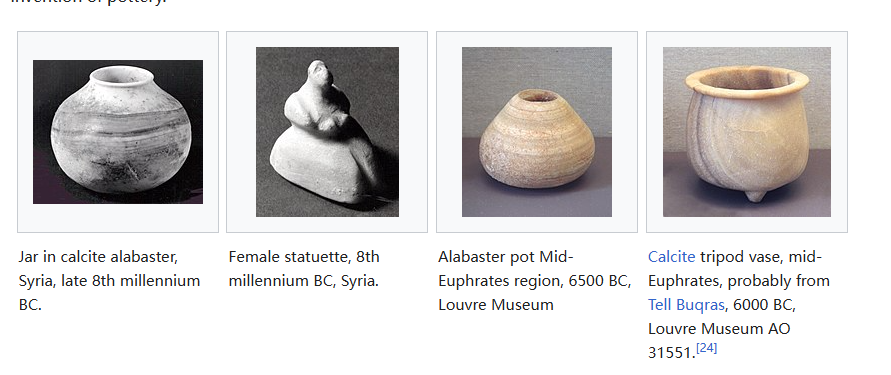
Today, the legacy continues, as ceramic vases embody both functionality and luxury, making them a staple in Middle Eastern homes.
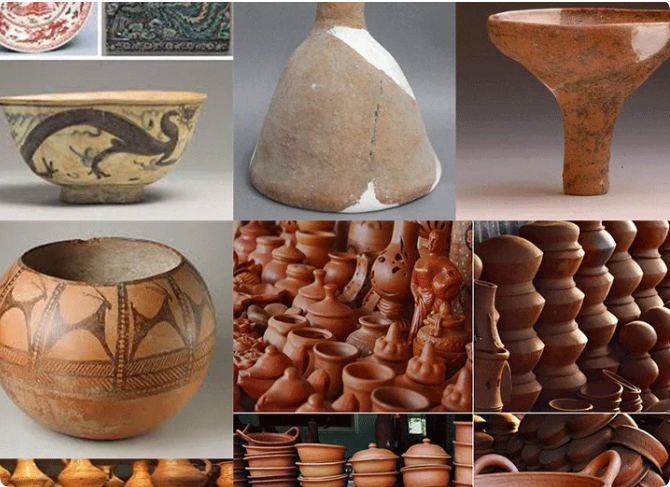
Current Trends in Ceramic Vases for Middle Eastern Markets
The modern Middle Eastern consumer values aesthetics that merge traditional charm with contemporary design. Below are some key trends:
- Geometric Patterns with Arabesque Influences
Intricate geometric designs remain popular, often inspired by Islamic art. These patterns symbolize infinity and harmony, resonating deeply with local buyers. - Neutral and Earthy Tones
Shades like beige, terracotta, and deep green dominate, complementing the warm color palettes common in Middle Eastern interiors. - Textured Finishes
Matte and embossed textures are gaining traction, offering a tactile element that adds depth to minimalist spaces. - Oversized Floor Vases
Large vases are often used as statement pieces in grand entryways or living rooms, emphasizing luxury and elegance.
Comparative Table: Preferences in Ceramic Vase Features
To cater effectively to the Middle Eastern market, understanding their specific preferences is vital. Here’s a comparative table highlighting key features:
| Feature | Middle Eastern Market | Western Market |
|---|---|---|
| Design | Intricate, geometric patterns | Minimalist, solid colors |
| Material | High-quality ceramics | Ceramic and glass hybrids |
| Size | Large, statement pieces | Small to medium sizes |
| Color Palette | Neutral, earthy, and metallic | Pastel and vibrant tones |
| Purpose | Decorative and symbolic | Functional and decorative |
5 Top Middle Eastern Brands Excelling in Ceramic Home Décor
- Silsal Design House (UAE)
Known for its blend of Arabic calligraphy and modern aesthetics, Silsal offers a range of high-quality ceramic vases that bridge traditional and contemporary styles. - L’Artisan du Liban (Lebanon)
This brand focuses on handcrafted ceramics inspired by Lebanese culture, featuring vibrant designs and unique forms. - Zarah Home (Saudi Arabia)
A luxury home décor brand specializing in simple yet elegant ceramic pieces perfect for modern homes. - Qubool by Amara (UAE)
Their collections include handcrafted, sustainable ceramic vases, emphasizing eco-friendly practices. - Artéglin (Egypt)
Famous for traditional Egyptian pottery techniques, this brand incorporates historical motifs into their vase designs.
How to Select the Right Ceramic Vase for Middle Eastern Décor
- Understand Cultural Symbolism
Choose patterns and shapes that resonate with the cultural and religious values of your target audience. - Prioritize Quality
High-quality materials and finishes are non-negotiable for Middle Eastern buyers, who often equate price with prestige. - Offer Customization
Many Middle Eastern clients prefer bespoke designs, such as personalized calligraphy or unique color schemes.
FAQs about Ceramic Vases in Middle Eastern Décor
Q: What makes ceramic vases suitable for Middle Eastern homes?
A: Their intricate designs and durable quality align perfectly with the aesthetic and functional needs of Middle Eastern interiors.
Q: How do I care for ceramic vases?
A: Use a soft cloth to clean them regularly and avoid harsh chemicals to preserve their finish.
Q: Can I customize ceramic vases for the Middle Eastern market?
A: Yes, offering customization in patterns, sizes, and colors can significantly enhance their appeal.
Q: Are ceramic vases eco-friendly?
A: Many ceramic vases are crafted using sustainable practices, making them an environmentally conscious choice.
Q: What are the best colors for ceramic vases in Middle Eastern décor?
A: Neutral tones like beige, white, and gold, along with deep blues and greens, are highly preferred.
Conclusion: Hale as Your Trusted Partner in Ceramic Vase Production
At Hale, we understand the nuances of designing ceramic vases that resonate with global markets, especially in the Middle East. Whether you’re a home décor retailer, a gift shop owner, or a cross-border e-commerce seller, our OEM and ODM services can bring your unique ideas to life.
Let’s collaborate to craft ceramic vases that symbolize elegance, tradition, and modernity. Reach out to us today to discuss how we can support your business needs!

